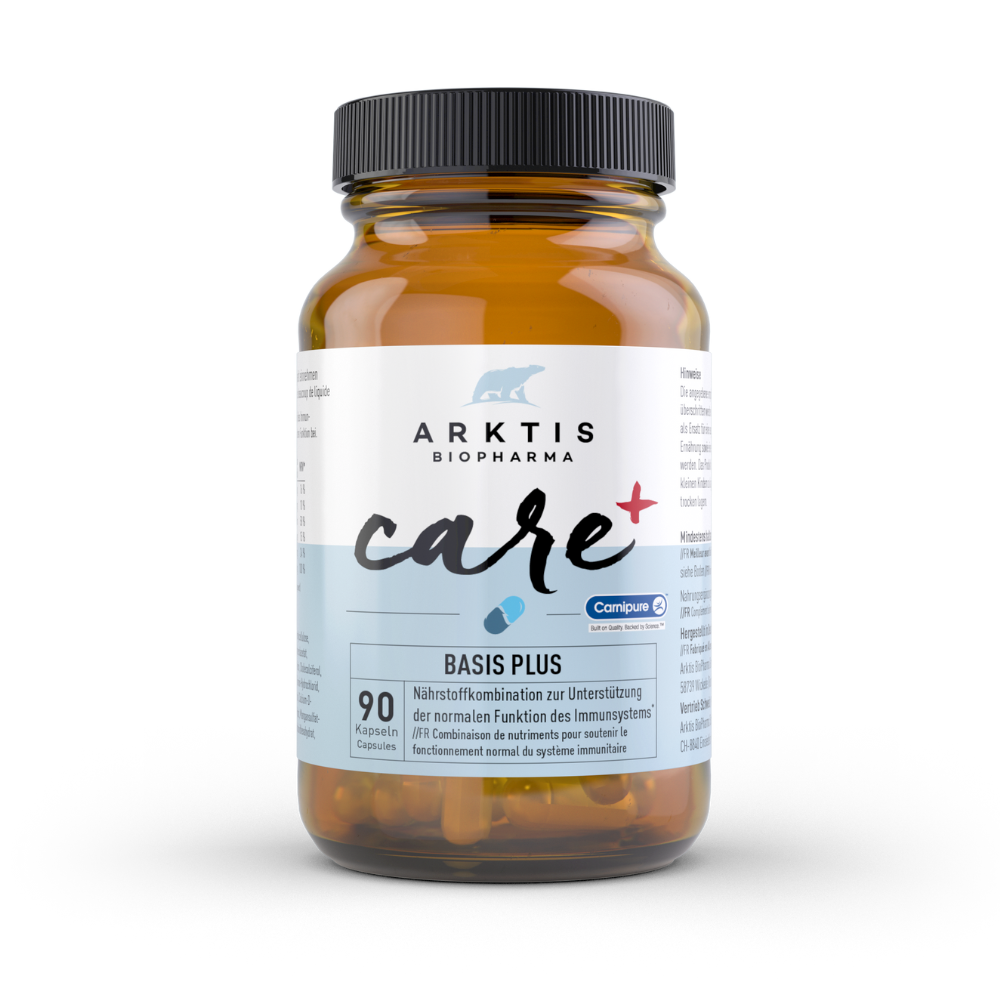Recently, I have been asked more and more often how to check the quality of such products. More and more people also want to know exactly what is behind which types of bacteria and their abbreviations.
There are companies that advertise their products and don't tell you the whole truth. That is why I would like to describe in this blog article what you should look out for when choosing bacterial products in the form of probiotics.
Probiotics: A multitude of providers out there
I think it's noticeable that the topic of the gut is being addressed more and more frequently in the media. As a result, more companies are appearing on the market with such products.
In principle, there is nothing wrong with this. It is well known that strong competition leads to such things becoming better known and that you can stand out from the competition in various ways.
As everywhere, there are products or manufacturers that deliver better quality or poorer quality.
In the case of bacteria, it is currently still somewhat difficult for the end consumer to assess the quality from the information on the packaging. I hope that this article will answer one or two questions on this topic so that you, as the end consumer, will be able to find out what quality you are holding in your hands.
A look at the production process
Bacteria are almost like us. We are all human, but each of us has different genetics. And we inherit the genes of our parents.
It's the same with bacteria. In other words, the bacteria you buy have parents. Depending on the country of origin and production process, they therefore differ in quality and effectiveness.
For quality, it is important to know where the bacteria come from. There therefore needs to be a fully traceable process in the manufacture of probiotic products.
Testing the effectiveness of bacterial strains
For effectiveness, it is important that bacterial strains are brought together that support each other.
I like to compare this to a team. If we put together a team of individualists, it is usually less successful than if we put together a team that harmonizes and works well together.
Since we now know the genetics of the individual bacteria, we also know which strains can work well together and put them together accordingly.
The tasks are different
We can even go one step further and even compile the products by topic.
This means, for example, that if we have a lot of inflammation in the gut, we need bacteria that can positively influence this problem.
Or if we have a newborn baby that is born by caesarean section or has neurodermatitis or abdominal cramps, we use bacterial strains that support the development of optimal intestinal flora.
As a consumer, how can I check the quality?
Of course, it would be nice if the consumer could see the quality of a bacterial product on the packaging. However, this is not currently required and it therefore takes a little more to find out. But it is relatively easy to do.
You can enter these strains in Google and you will get the most important information about these strains, provided they are original strains.
But if you want to know exactly, you can search for the family origins, studies and further information.
For example, via the website www.bacterio.net. There is the "German Collection of Microorganisms and Cell Cultures (DZMZ)" or the "European Culture Collection Organization (ECCO)".
An excerpt from my previous article on the 9 most frequently asked questions and answers about taking probiotics after antibiotic therapy can help you assess the product:
- The WHO (World Health Organization) specifies that the bacterial count of a probiotic should be at least 1 billion. However, a daily amount of 2 billion germs would be better.
- The shelf life of the product should be at least one year.
- A modern probiotic contains several strains of bacteria so that intestinal functions are maintained in both the small intestine and the large intestine.
- Reproductive capacity: the more probiotic bacteria are present, the lower the chance of uncontrolled growth of pathogenic bacteria.
- The bacterial count at the end of the term must be specified.
Our experience with probiotics
I am convinced that our success as experts in intestinal health is based on the fact that we attach great importance to the high quality of all our products.
The probiotics from Arktis BioPharma Switzerland, as well as all other Arktis products, come from European manufacturers, are of the best quality and everything is certified and traceable.
Arktis BioPharma obtains all bacterial strains from Chr. Hansen, the world market leader in the scientific research, development and production of microorganisms. As an example, I would like to mention 2 bacterial strains that are used by Arktis and are particularly effective in combination:
Bifidobacterium "BB-12" and Lactobacillus acidophilus "LA-5"
Do you have any questions about probiotics? Then write to me in the comments below!
















